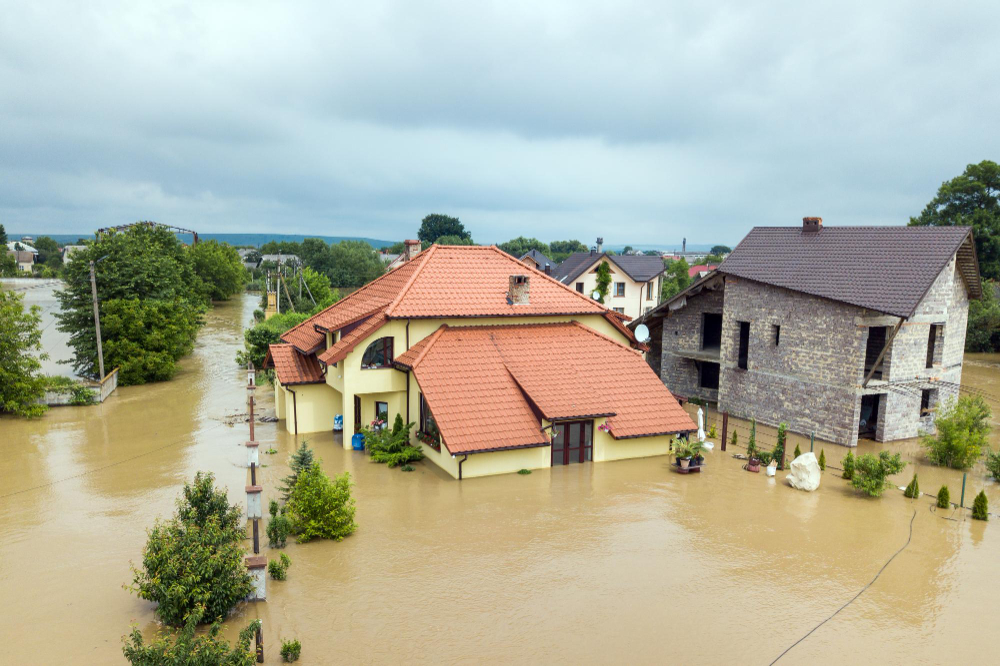Floods can wreak havoc on homes and communities, causing extensive damage and disruption. However, amidst the chaos, there is hope for recovery through effective flood restoration. This comprehensive guide offers a roadmap for navigating the process of restoring your property after a flood, from initial assessment to complete restoration, ensuring a safe and successful recovery.
Assessing the Damage
Before any restoration work begins, a thorough assessment of the damage is essential. Document the extent of water damage, structural issues, and potential health hazards. This assessment serves as a foundation for the restoration plan.
Safety First: Protecting Yourself and Others
Safety is paramount during flood restoration. Prioritize personal safety by wearing protective gear, ensuring proper ventilation, and being cautious of electrical hazards.
Water Extraction and Drying
Removing excess water is the first step in flood restoration. Utilize pumps, wet/dry vacuums, and dehumidifiers to extract water and begin the drying process. Quick action minimizes further damage and prevents mold growth.
Mold Mitigation and Prevention
Mold can proliferate rapidly after a flood. Implement measures such as thorough cleaning, dehumidification, and applying antimicrobial treatments to prevent mold growth and ensure a healthy living environment.
Structural Repairs and Renovations
Repairing structural damage requires a combination of professional expertise and careful planning. Focus on restoring damaged walls, floors, ceilings, and foundations to ensure the stability and integrity of your property.
Electrical and Plumbing Systems Restoration
Floodwaters can compromise electrical and plumbing systems. Engage licensed professionals to assess, repair, and replace damaged wiring, outlets, and plumbing components to ensure safety and functionality.
Salvaging Belongings and Possessions
Rescue and restore salvageable belongings through meticulous cleaning and restoration efforts. Prioritize sentimental items and valuables while adhering to safety guidelines.
Hiring Professional Help
Flood restoration often requires the expertise of professionals such as water damage restoration specialists, contractors, mold remediation experts, and structural engineers. Engage reputable and certified professionals to ensure a thorough and effective restoration process.
Insurance Claims and Documentation
Document all restoration efforts, including photographs and detailed records of expenses. Work closely with your insurance company to file accurate claims and maximize your coverage.
Long-Term Prevention and Preparedness
While flood restoration addresses the aftermath, proactive measures are crucial to prevent future flooding and minimize damage. Elevate critical systems, install flood barriers, and develop a comprehensive emergency preparedness plan.
A Path to Renewal
Flood restoration is a journey from devastation to renewal. By following this comprehensive guide and partnering with qualified professionals, you can effectively navigate the challenges of post-flood recovery. While the process may be daunting, the restoration efforts not only bring your property back to its pre-flood state but also reinforce your resilience, ensuring that you are better equipped to weather any storm that may come your way.




